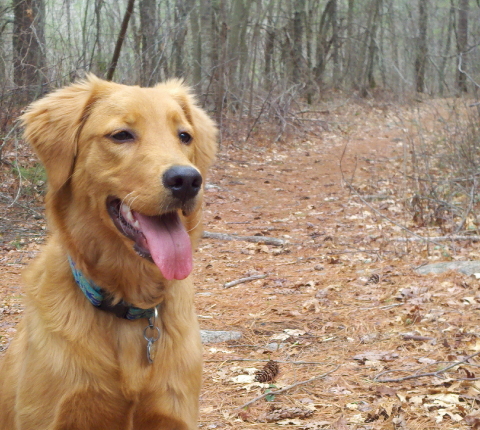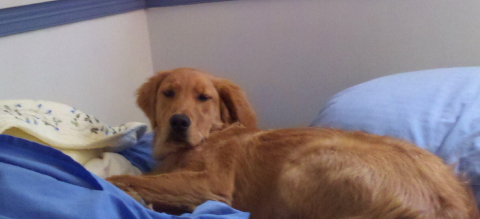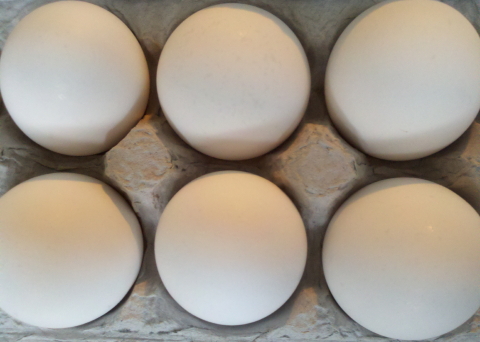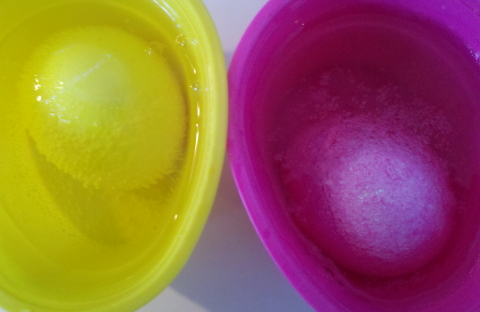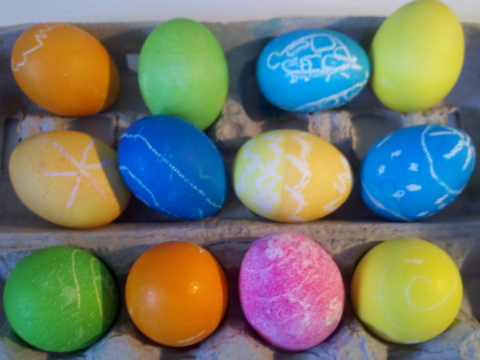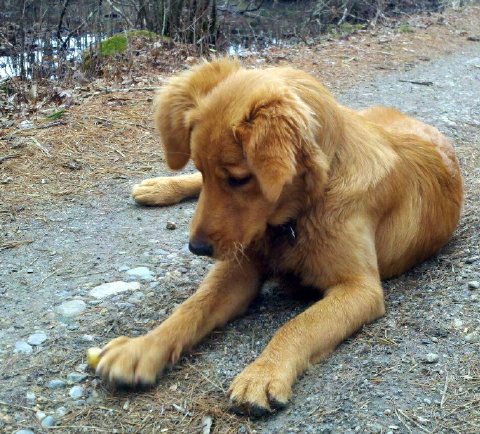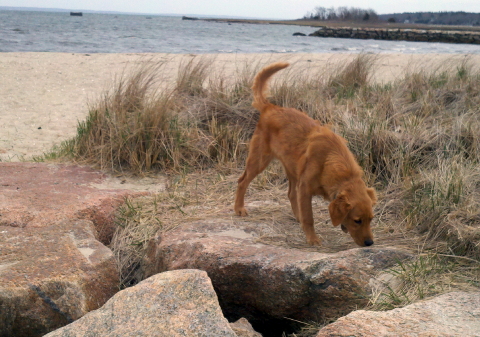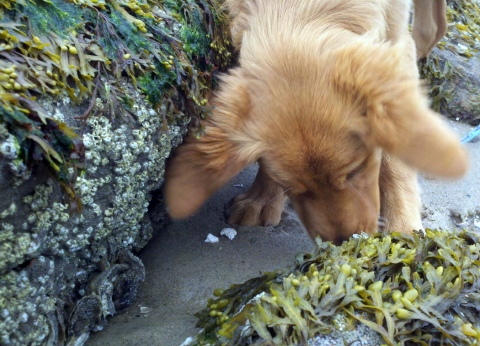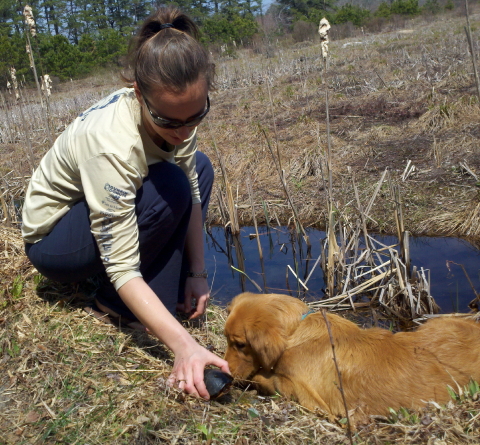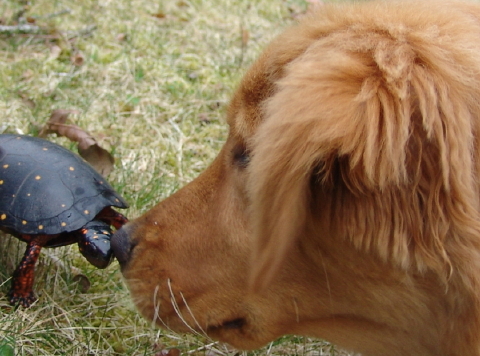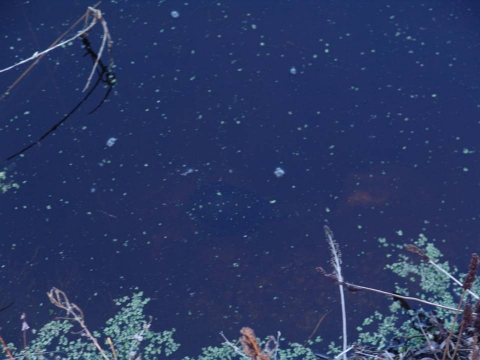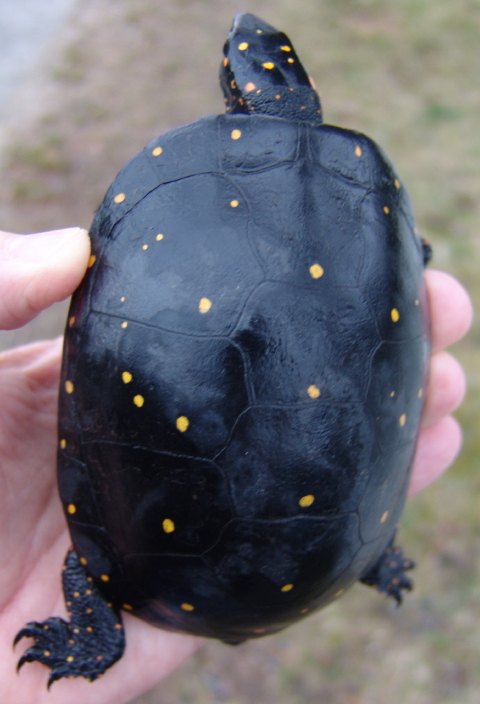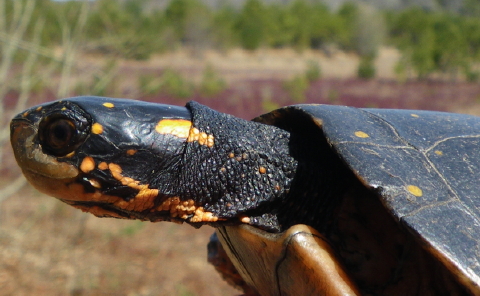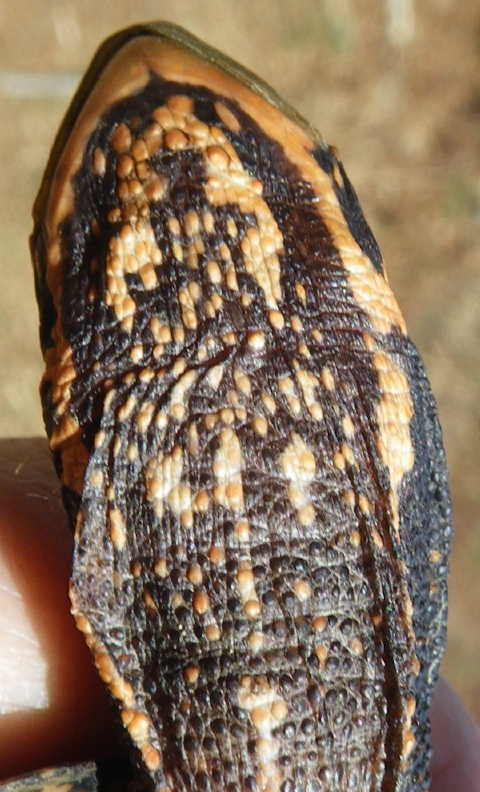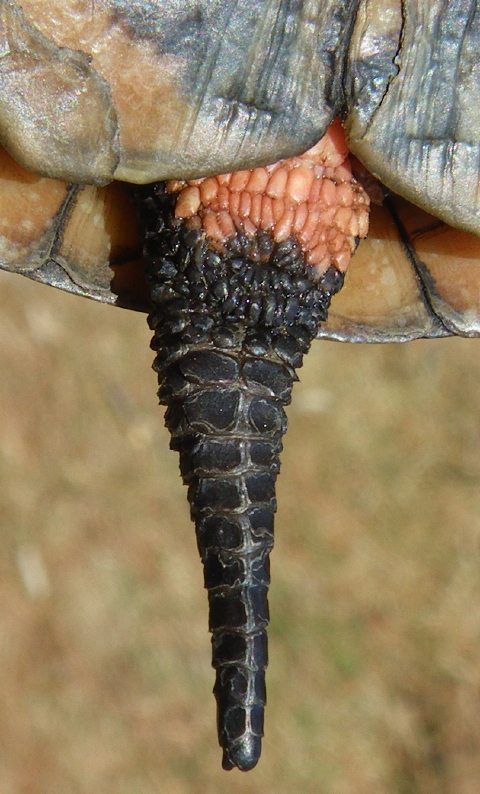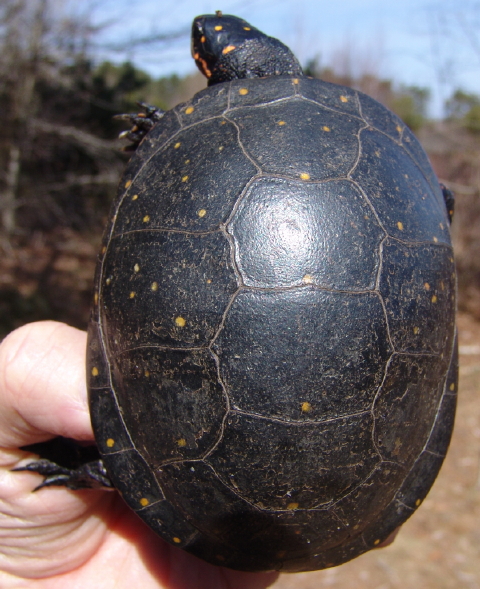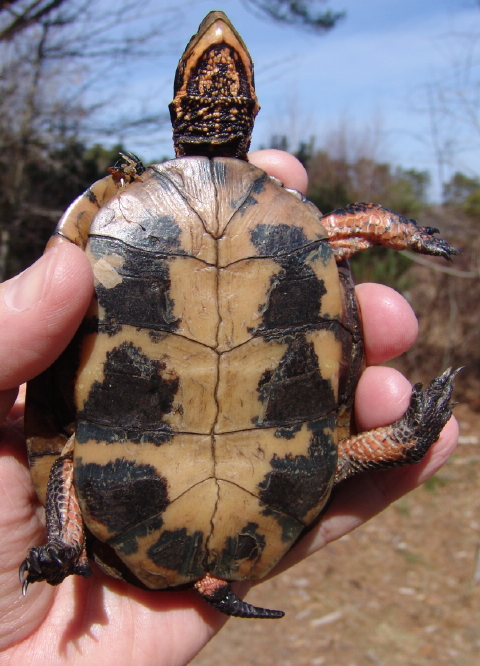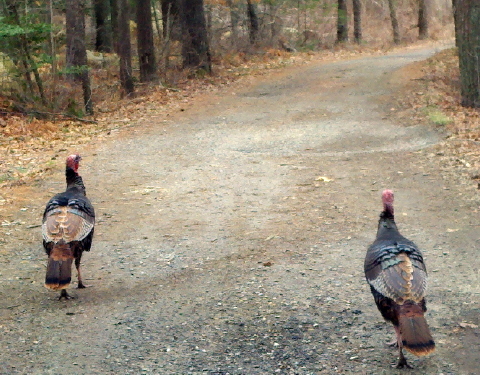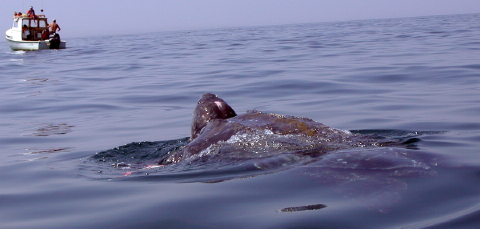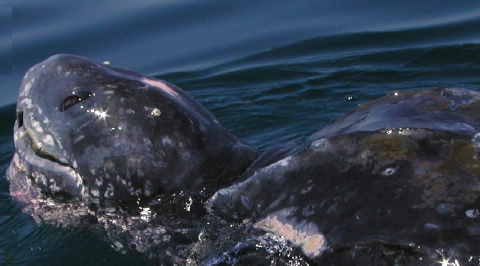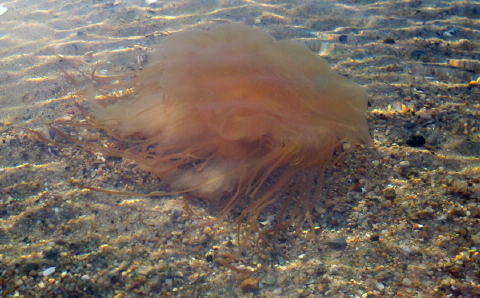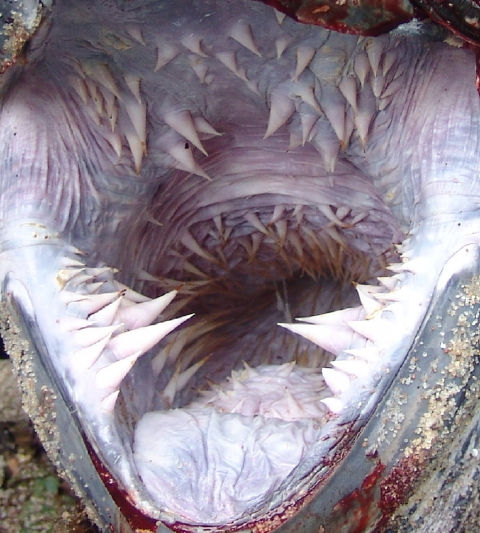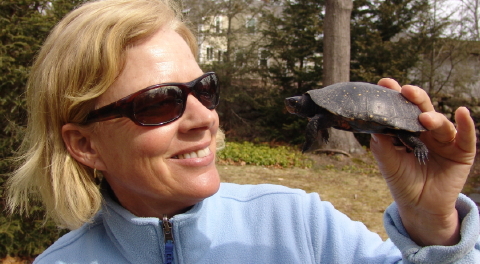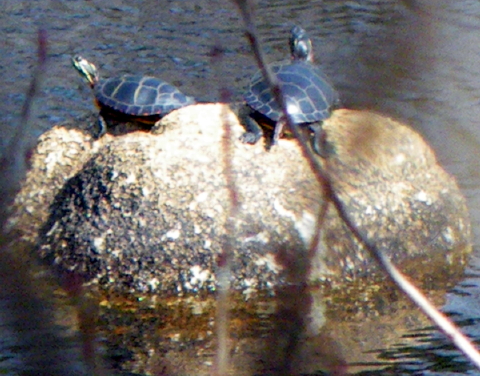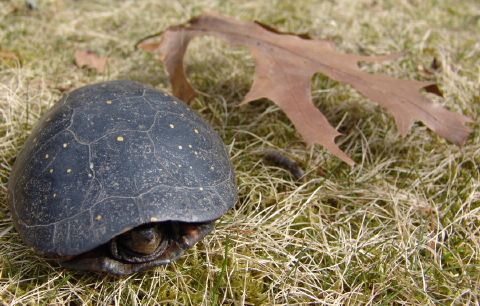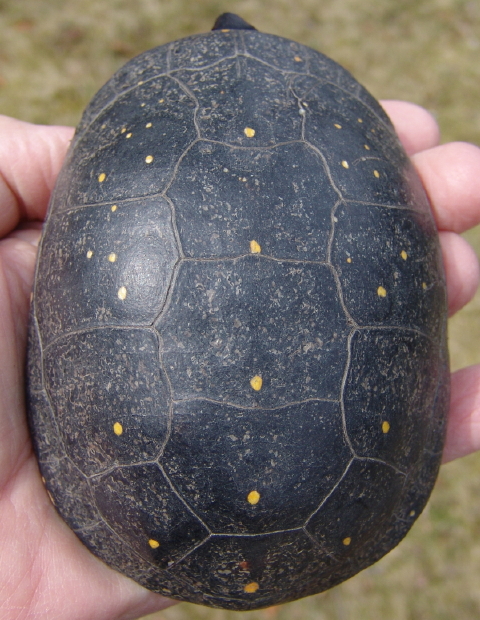Rufus Retriever Marks Her Own Path
“Two roads diverged in a yellow wood,
And sorry I could not travel both …”
begins the sacred words of every dogs’ patron poet Robert Frost. And I, Rufus Retriever, approaching the end of my six months of playful puppyhood, must choose my path. There’s the much trodden way of four-legged lives clipped to a too short leash, sniffing smells that each in turn shares with the other. Nothing new as each sun rises and each sun sets with the east still east and the west still west. Not for me this flat paved road from yesterday to tomorrow.
Rumpled Rufus
Wake-up came early on Easter morn as I savored my last virtual romp through the cabbage patch in pursuit of the Giant White Rabbit.Â
 White Rabbit Eggs?
Though I never caught clear glimpse of his presence that I had only sensed in pre-dawn shadows, he must have been as white as the eggs he left for us to decorate on Easter Eve. Truth be told, I was surprised to learn that rabbits laid eggs, but as a budding scientist, I yearn for these surprise discoveries.
Coloring Rabbit Eggs
It was fun to watch preparations as cold water, tablets and vinegar were combined with white rabbit eggs to produce a festival of color and design.
A Dozen Rabbits in Waiting, I Guess
Even though one egg looked suspiciously like turtle, I guess they represent some sort of celebration in honor of the future hatching of baby white rabbits. Again, there’s a lot I still don’t understand, such as why we placed the perfect white rabbit eggs in boiling water; although I suppose it could have been for rapid incubation. And then why we decorated each of the eggs individually; although I guess even baby rabbits want to be unique.
Rufus Contemplates Her Future
With Easter Eve as prologue, and the morning yawns behind me, I dashed into the woods in sure hope that Frost would guide me to the road less traveled. I will confess that my thoughts wandered a bit as I spyed the size of my paws and wondered whether I would ever stop growing. Would I gain the stature of the Giant White Rabbit? But those were transient thoughts, and I focused on my chosen path as the singular canine naturalist.
Rufus Sniffs for Adventure
Where would I find today’s discovery? I scrambled along the rock jetties of Silvershell Beach and sniffed the abutting salt marshes.
Rufus Experiments with Rockweed
While the smells were delightful, and I detected a faint sign that my neighbor golden retriever Harry had stopped by the beach last night, the weather was still a bit chilly for estuary critters to be on the march. Still, I liked the tasty rockweed (Fucus sp.) and bursting the little air sacs proved a cool experiment.
Rufus Discovers Female Spotted Turtle
With nothing exciting at the beach, I galloped over to the bog wetlands and immediately encountered a female spotted turtle that was basking along the edge of an abandoned cranberry bog channel. I alerted my research assistant (and minder) Becky Nourse, and we carefully examined the turtle to extract lots of scientific data. Unfortunately, they have not yet entrusted me with a smart phone, so I had to permit my assistant to document the find.
Satisfied Rufus Retriever
All in all, a perfect ending to a perfect day as I explored the future with Robert Frost as my compass,
